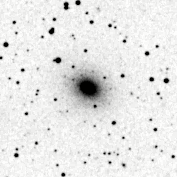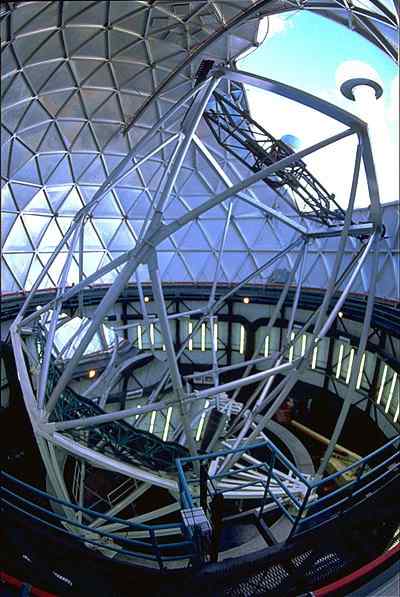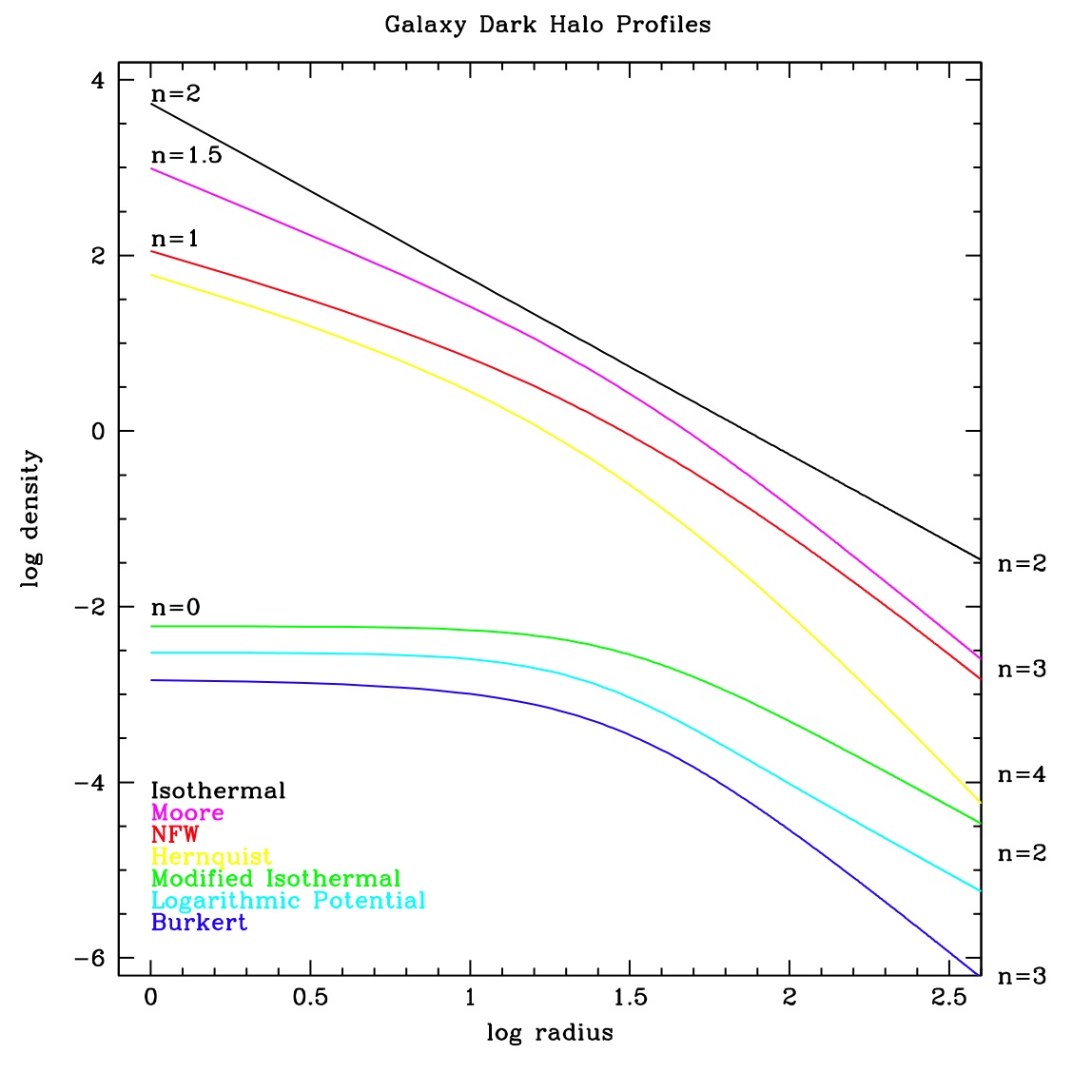
Research
Our current picture of the universe says that galaxies are surrounded by massive dark matter halos in which they formed, and cosmological simulations of the history of our universe provide predictions on how this dark matter is distributed. Although observations of rotation curves of spiral galaxies offered some of the first direct evidence for this dark matter, the amount of dark matter, if any, in elliptical galaxies is still an open question.
 |
| NGC 6702. Image from the Digitized Sky Survey (5'x5') |
 |
| Hobby-Eberly Telescope. Image from http://mcdonaldobservatory.org |
My data comes from the 9.2-m Hobby-Eberly Telescope's at the University of Texas's McDonald Observatory. Because of it's large aperture (the fourth largest in the world) I am able to gather enough light to observe even the faint edges of galaxies. I use the low resolution spectrograph to measure the velocities and velocity dispersions of the stellar light in several elliptical galaxies. For my dissertation I have focused on two of these galaxies and I have data for six more galaxies that I will analyze further in my next position.
I then use sophisticated models to match possible dark matter distributions to my kinematic data. Our axisymmetric orbit superposition models proceed as follows. First a galaxy's stellar mass density is measured from its surface brightness profile and an assumed stellar mass-to-light ratio. A dark halo density profile is then added to the stellar density and this total mass density gives the galaxy's gravitational potential. Next several thousand possible stellar orbits are traced through this potential. The galaxy is divided spatially into bins, and the amount of time that an orbit spends in a bin represents the mass contributed by that orbit. Finally the orbits are combined to best match the data velocity distributions and the light profile. This process is repeated for different dark halo density profiles and mass-to-light ratios to find the potential that best fits the data. These models give us enhanced results compared to the basic analytic models used by other groups.
 |
| A comparison of possible dark matter halo profiles. |
I find that all three galaxies analyzed so far, NGC 821, NGC 6702, and NGC4697, require a significant dark halo to explain their motions. However, the shape of the dark halo is not the expected density profile predicted from cosmological simulations (the Navarro, Frenk, and White "NFW" profile), but rather a profile with a flat central slope.
In the future I plan to model many more galaxies with the hope of constraining the shape of the halo, as well as saying something about the general properties of these halos over a large sample of galaxies.
A copy of my dissertation is available here [pdf].